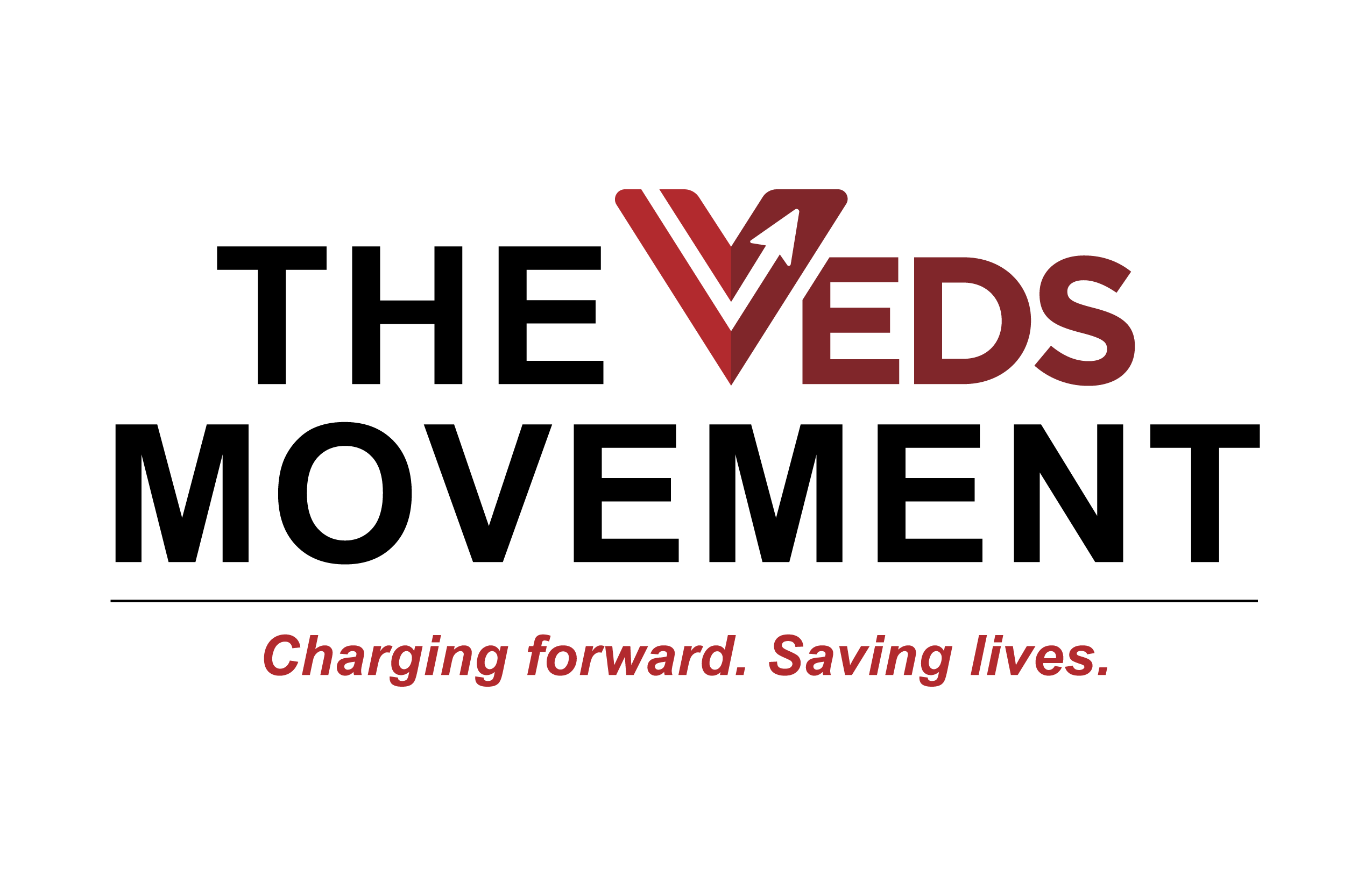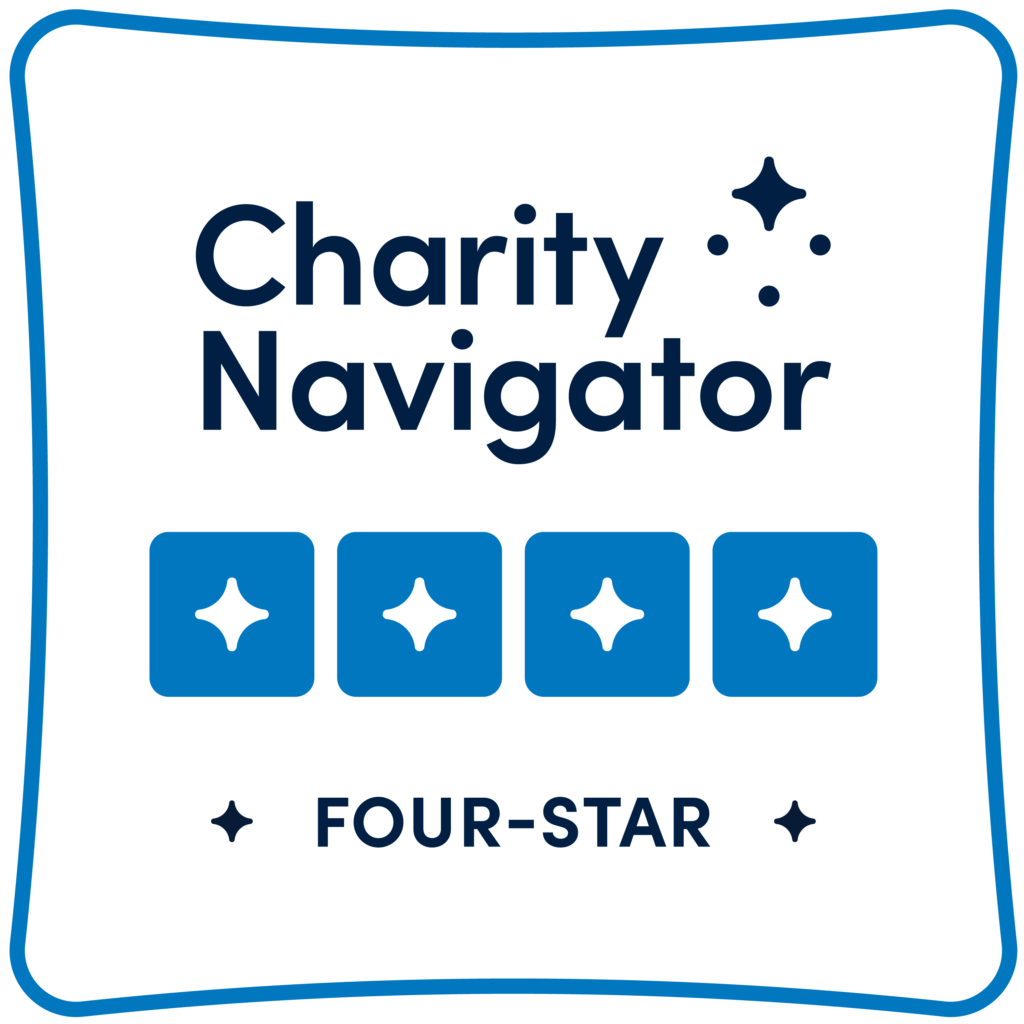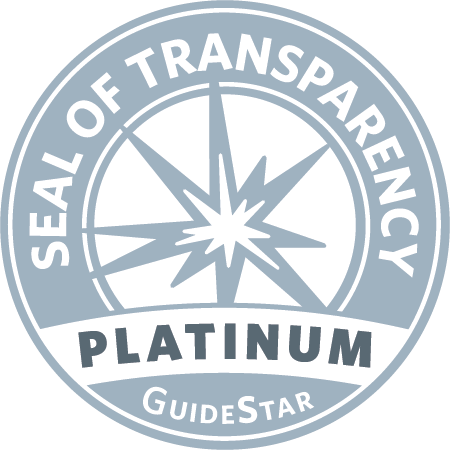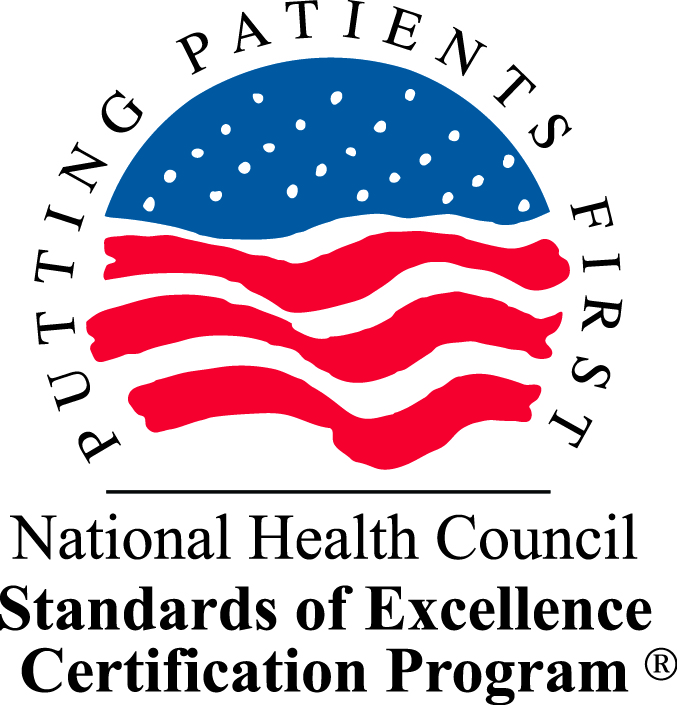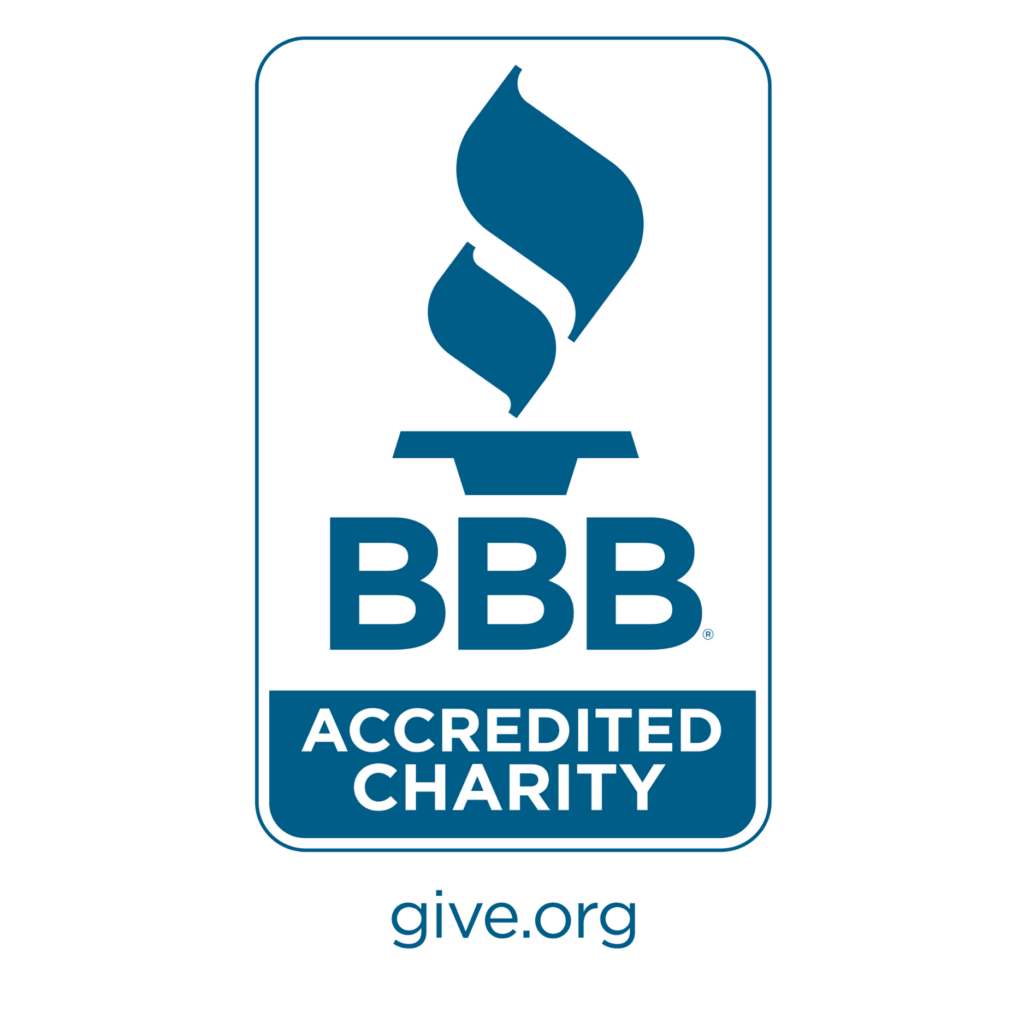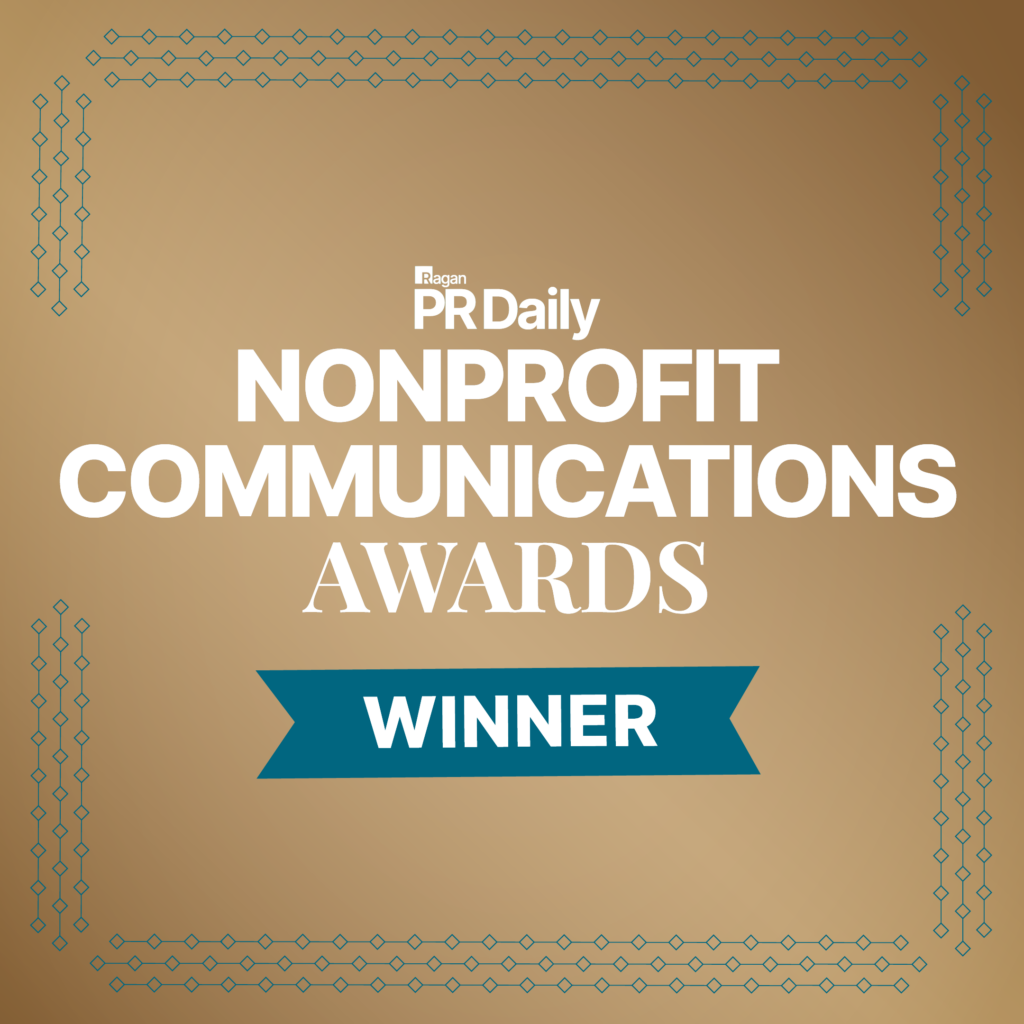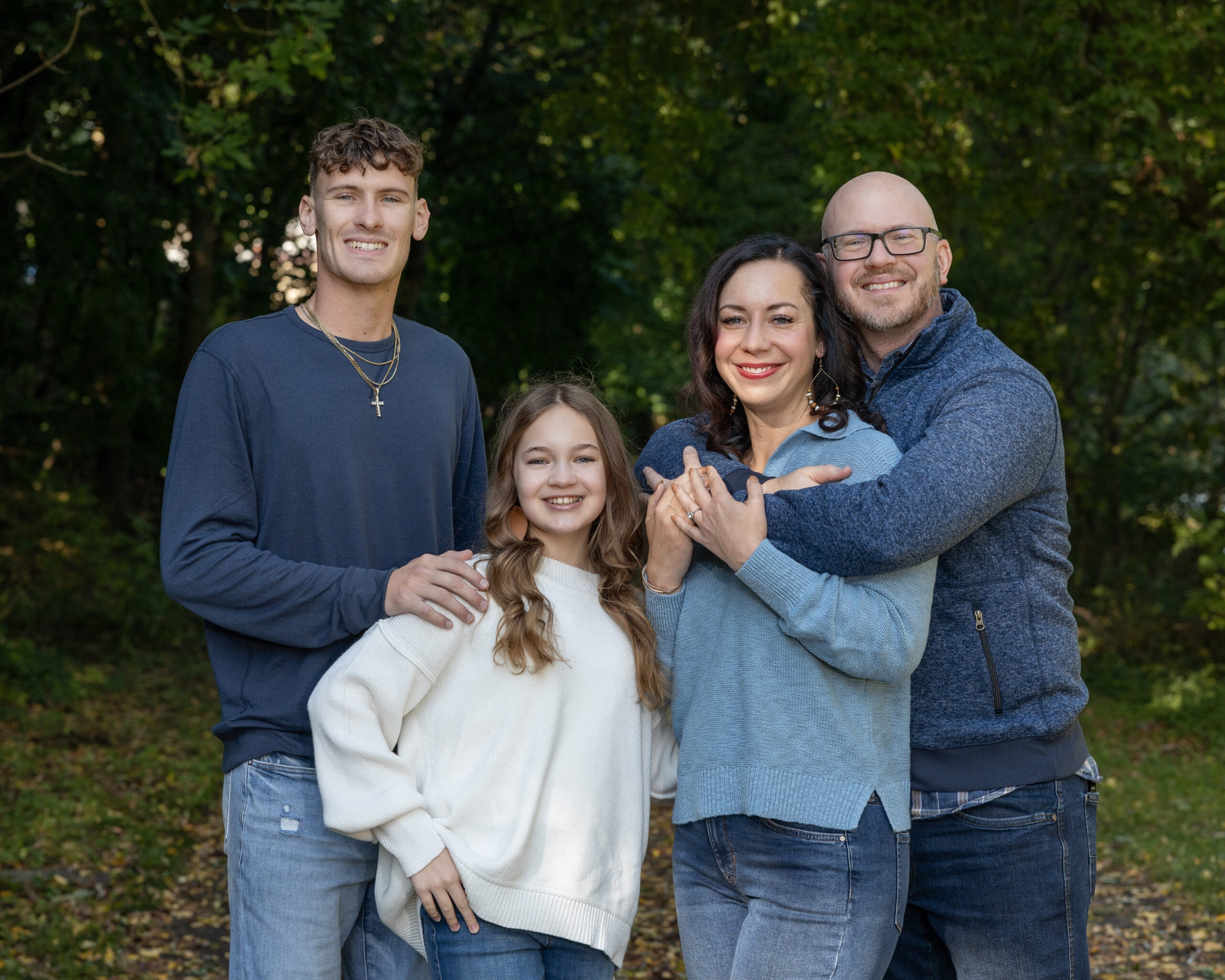
Editor’s Note: The following post was written by our Director, Ryan Rodarmer, and was originally featured by The Marfan Foundation to highlight Aortic Dissection Awareness Week.
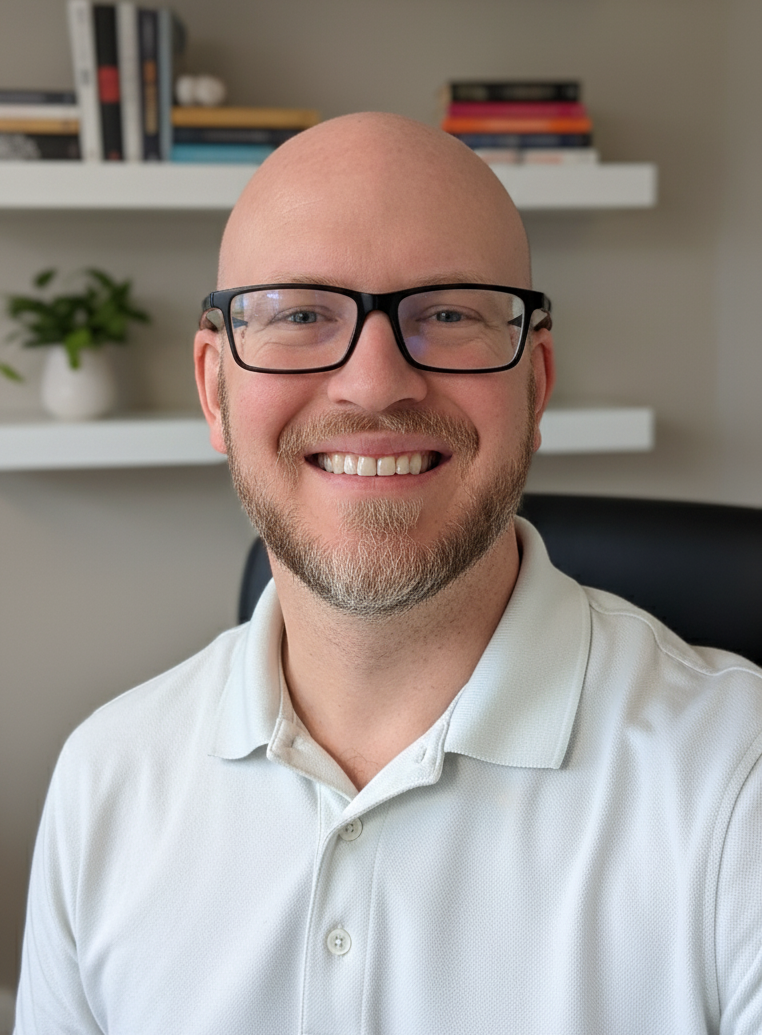
I thought I had everything under control, but my body had other ideas—a fact I learned on the morning of April 9, 2019. For nearly fifteen years, my doctors and I had done everything right, meticulously monitoring my slowly enlarging aortic root, following the guidelines to the letter, all with the goal of preventing a life-threatening dissection. The plan was simple: planned, preventive surgery before a sudden, catastrophic event could occur.
But as financial planner Carl Richards famously said, “risk is what’s left over when you think you’ve thought of everything.” For me, that leftover risk came during a quiet, ordinary moment in my basement. I wasn’t exerting myself, wasn’t doing anything out of the ordinary, and in an instant, I was hit with the “unimaginable pain” of a type A aortic dissection. Unlike the ripping or tearing sensation so often described, it felt like someone was burying their fist into my back with constant, unrelenting pressure. In that moment, in a surge of frustration and anger, it felt like all the meticulous monitoring, the medications, and the careful planning had been for nothing.
My brain and body immediately went into survival mode. My body instructed me to take shallow breaths to limit the pain, and my brain reminded me to stay calm to keep my blood pressure and heart rate low. I knew I might not make it back upstairs, let alone to the hospital. I found myself thinking about the patients on my schedule, I wouldn’t be able to help. I thought about my wife and children, and the life moments I might miss—not being by my wife’s side, not seeing my kids graduate high school or marry the love of their life.
What happened in the moments that followed—the way my body and mind responded, as well as the actions of those around me—is why I’m a passionate advocate today. It’s a testament to how crucial every link in the “chain of survival” truly is. My son’s response was calm. In the front seat of the ambulance, my wife advocated for speed and lights. A cardiology colleague took immediate action by notifying my cardiologist and the cardiothoracic surgeon who were rounding that morning. My amazing cardiologist was at my bedside within minutes, reading my CT scan before it had even crossed the desk of the radiologist. The entire process was a masterclass in teamwork, with the surgeon consenting me for surgery and taking me back. These people were the difference between life and death.
I am forever grateful for the strength of the links that held fast – but I am also especially fortunate to be alive despite a weak—and critical—link in my story: a lack of crucial first-responder aortic-dissection education, especially when it comes to dissection in younger patients.
When the paramedics arrived, they seemed to move in slow motion as my odds of surviving dropped with every passing second. Despite the unimaginable pain, I consciously maintained a calm demeanor, a mind-over-matter act. My high pain tolerance—while dangerous in emergency situations because it can mask the seriousness of what’s happening—helped me stay composed long enough to remember that keeping calm was vital to my survival. I told them I had a known aortic root dilation and suspected type A dissection, but they kept referring to it as a “triple-A” (abdominal aortic aneurysm) to the emergency department over the phone.
This was a critical mistake. An abdominal aortic aneurysm, while serious, is not the immediate life-threatening emergency that a thoracic aortic dissection represents—the difference between having hours to act versus minutes. The paramedics weren’t at fault; a lack of awareness about thoracic aortic dissection in younger people was the culprit. But in a condition where every second matters, this experience showed me how critical it is that we improve aortic education for first responders. The people helping me were seeing a young, seemingly healthy guy with no apparent risk factors, who appeared calm and not in great pain. My outward composure masked the internal agony I was experiencing. This contrast may have contributed to their measured pace. This isn’t a criticism of their dedication—it’s a call to action and a powerful example of why we need more aortic dissection education, especially for pre-hospital providers.
The Power of Partnership
My own journey from survivor to advocate taught me that this is not a path we walk alone, and this week’s partnership proves that. Seven leading North American nonprofits are uniting for the first time. Aortic Hope, Genetic Aortic Disorders Association Canada (GADA), The John Ritter Foundation for Aortic Health, the Loeys-Dietz Syndrome Foundation Canada, the Marfan Foundation and its divisions, Rock from the Heart and ThinkAorta US & Canada are coming together to urge the public to think “STAT”—a message we’ll explore below—to recognize and respond to aortic emergencies. This display of unity is truly moving and is a testament to the power of our combined voices.
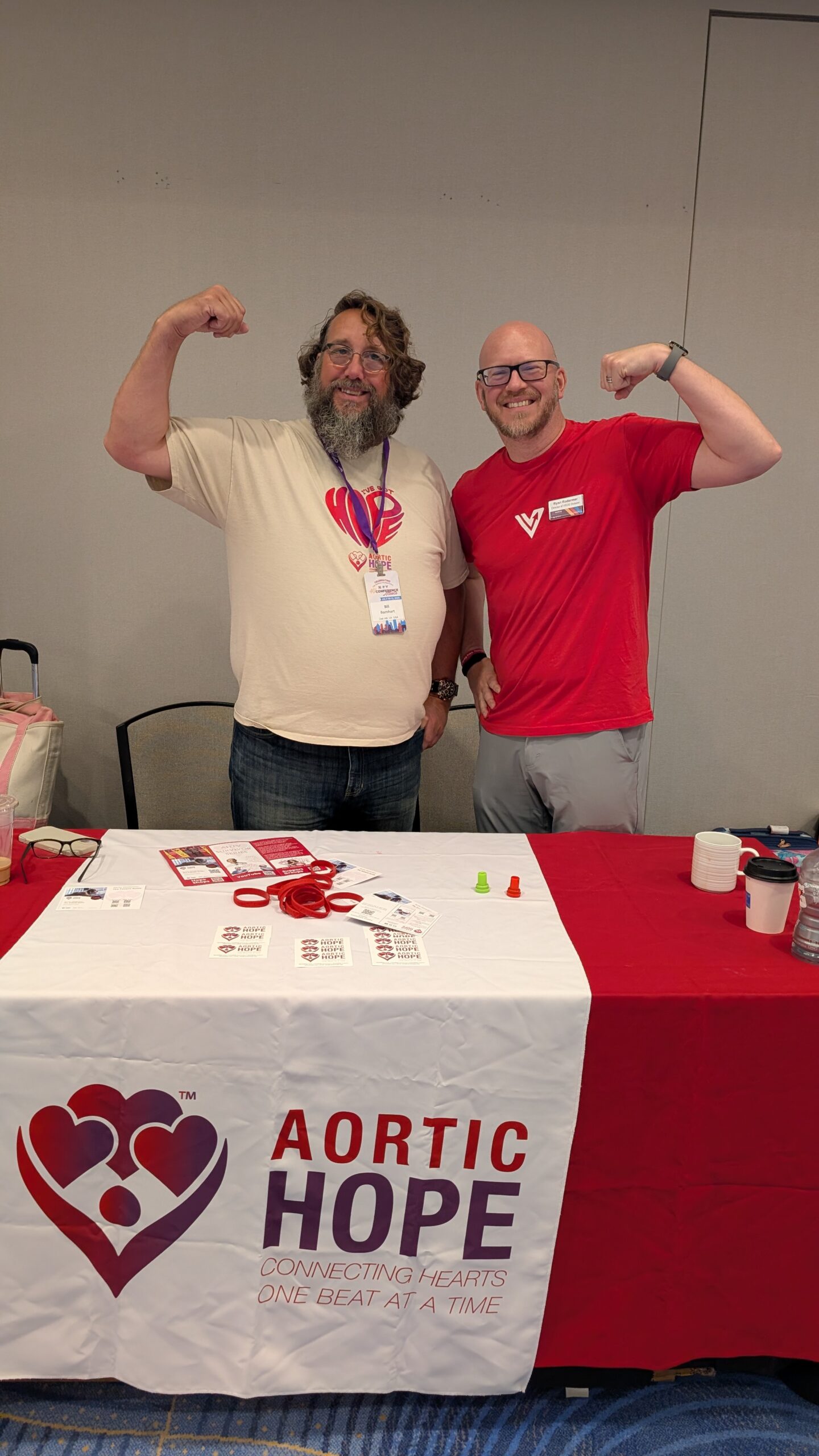
After my dissection, while navigating my recovery, Aortic Hope and The John Ritter Foundation for Aortic Health helped me find my own voice. Their support enabled me to combine my personal experience with my professional background as a genetic counselor, turning my story into something meaningful and impactful. This same journey drives my continued volunteer work as Director of Genetic Education at Aortic Hope and makes my professional work at The Marfan Foundation so deeply personal.
Individually, our voices are essential. Together, our voices are a roar. For those of us who have faced this challenge, telling our story is a powerful act of advocacy that adds to our shared strength. I am so proud to stand with these incredible partners to contribute to this growing roar for aortic awareness.
What We All Need to Know: S.T.A.T.
This collaboration is raising awareness with a simple, powerful message: S.T.A.T.
S is for Suspect.
Aortic dissection is a medical emergency with symptoms that include sudden, severe pain in the neck, back, chest, or abdomen. This pain is often described as a tearing or ripping sensation, but it felt like an unrelenting pressure for me. My own experience showed me that pain can present in different ways than what’s described in textbooks, which is why it’s so important to suspect the condition even if the pain doesn’t match the classic description. And once you suspect it, the clock is already ticking.
T is for Time.
Every second matters. The John Ritter Foundation reports that up to 50% of people with an aortic dissection will lose their lives before reaching the hospital, but 80% could survive with prompt diagnosis and treatment. My own odds dropped with every passing second as paramedics moved at what felt like a measured pace. In contrast, my cardiologist and surgical team acted like a well-oiled machine, and that speed is the reason I’m here to tell this story. The difference between life and death often comes down to how quickly the next step is taken.
A is for Aortic Imaging.
That next step is imaging. A CT scan or other advanced aortic imaging is essential to confirm the diagnosis and guide immediate treatment. In my case, my cardiologist was at my bedside within minutes, reviewing my CT scan almost immediately—before it had even reached the radiologist’s desk. My surgeon then obtained my consent and took me straight back to the operating room, leaving my wife no room for a proper goodbye but preserving the chance for many more. Quick imaging, followed by immediate surgery, is what saved my life.
T is for Talk About It.
And beyond the hospital doors, talking about it within families can be just as life-saving. Aortic dissection often runs in families due to underlying genetic conditions like Marfan syndrome, Loeys-Dietz, VEDS, and HTAD (non-syndromic hereditary thoracic aortic disease). My family’s story shows how complex this can be. My uncle was only in his 30s when an aneurysm was discovered at his autopsy after a tragic accident, at a time when heritable aortic conditions were barely on the scientific radar. Years later, after my own diagnosis, my dad and his two sisters—on the opposite side of the family from my uncle—underwent echocardiograms, and all were found to have an enlarged aortic root.
This means I likely carry risk factors from both sides: one showing mild dilation later in life, the other showing an aneurysm at a young age, and my own progressive dilation that led to dissection at just 39, the need for mitral valve repair at 33, and possibly two other arterial dissections without aneurysm outside of the aorta. Because of this, my children now undergo regular echocardiograms. Talking openly about family history and asking for the right screening can truly save lives, which is exactly the goal of the THINK AORTA initiative, #thinkaortathinkfamily.
We gain strength by sharing our stories and by supporting one another through the uncertainties, the fears, and sometimes, the devastating losses. This shared strength is what makes the unity of our seven partner organizations so powerful. Just as we lean on each other, our combined efforts create a roar that is essential to amplifying the life-saving message of S.T.A.T. My journey has been messy and unpredictable, but it’s also given me a clearer understanding of my strengths and passions. I hope my story and so many others can help turn a whisper of awareness into a roar that saves lives.
—
Learn more and find resources for Aortic Awareness from The Marfan Foundation by clicking here.
